Racing season is upon us — with Cheltenham Festival fast approaching DDW looks at dressing like an English Gentleman for a day at the races.
Cheltenham is all about standing out — in style. That is dressing uniquely, but dressing to impress.
While attending the event, you will want to be sure to embrace your inner modern-day English gentleman — showing off your creativity and good taste.
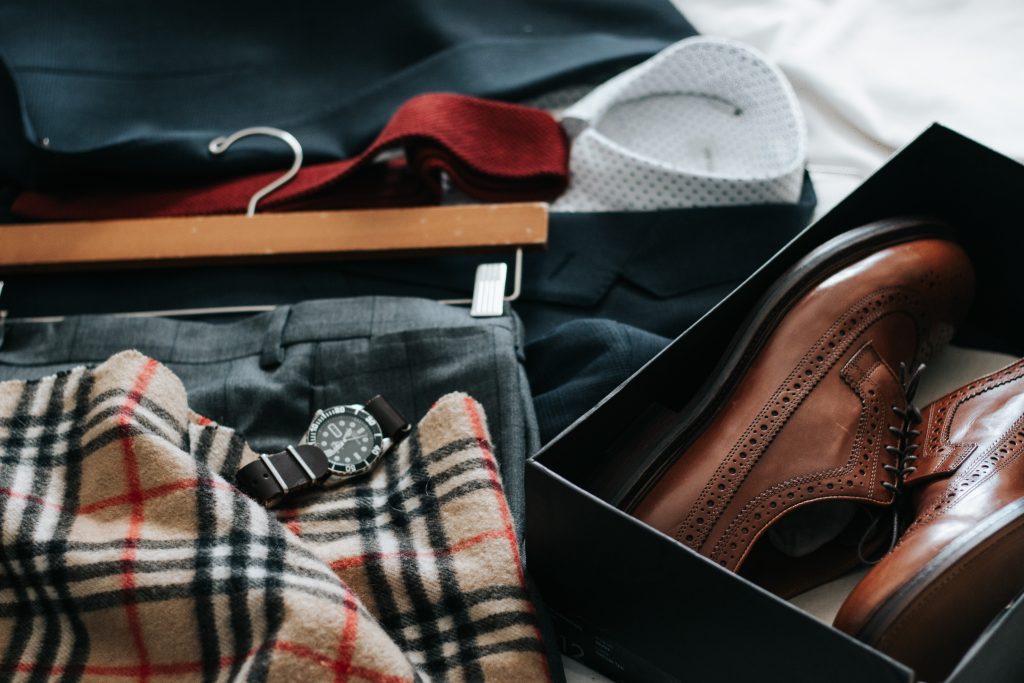
The Suit
Choosing the right suit for the occasion presents the first challenge to turning heads at Cheltenham. A classic suit never fails — however, it won’t mark you out as a man of style. Dull colours can make you look like you’re headed to the office, not one of the most esteemed events of the year.
If you do choose to go for a classic suit, a dark deep-blue or navy-blue colour is a safe bet which you can dress up or down as much as you wish.

However, if you want to take your suit to the next level, how about a three-piece? This suit is a bit more daring and if you remove the jacket your waistcoat will keep you looking stylish — remember to always leave the bottom button undone. Make sure your waistcoat fits with the suit and is long enough to cover your entire waist.
The next choice is whether to wear a solid coloured or patterned suit. A solid suit is often the safer choice — however, a well-worn patterned suit can look next to none.
Be warned that the patterned suit can be a much more difficult look to pull off. Make sure you wear a solid white or blue shirt and a solid tie — you want to keep the focus on the suit itself, don’t distract from it.
Common patterns like houndstooth, windowpane or even plaid work well here. In fact, plaid blazers and sports jackets were often worn for informal weekend events — worn correctly, these dapper suits will allow you to stand out as the perfect English Gentleman at Cheltenham.

Similarly, to plaid, windowpane sports jackets or blazers also work well on their own. If you would like more casual attire for the races — which will still make you look like a sporting gentleman — why not try a solid, plaid or windowpane blazer paired with some well-fitting trousers.
If you do decide to go this route, smartly pressed, slim-fit chinos with a low rise are the way to go. Make sure your trousers are a distinctly different colour from your jacket or you run the risk of being mistaken to be wearing a mismatched suit.
Finally, don’t be afraid of Tweed. Although the fabric is associated with the look of an old-school country gentleman — there are plenty of modern designs that look the part while still keeping with the times.
Tweed can be seen as a drab choice so add some colour with your tie and pocket square.
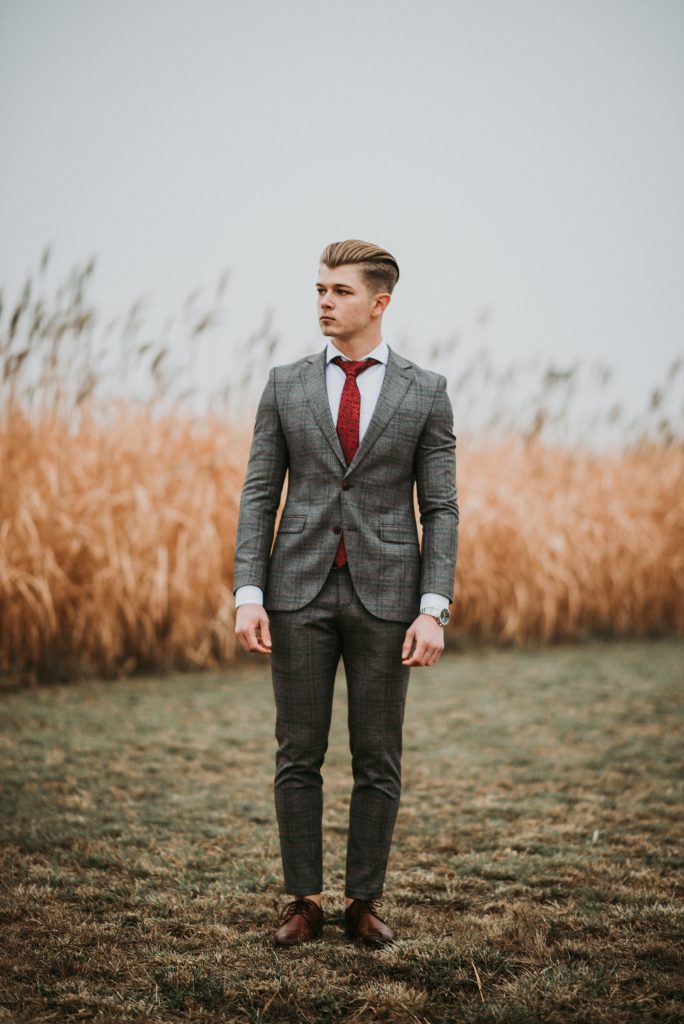
The Coat
Cheltenham is not known for being a warm, sunny event. Therefore, you will need an overcoat that doesn’t infringe on your style — there is no point in getting all suited up just to ruin it with a bulky or unstylish overcoat.
A general rule here is that dark coats go with light accessories and light overcoats go with dark accessories — you would like your overcoat to contrast and therefore accentuate your wardrobe.
Like suits, overcoats can be solid or patterned. If you go with a solid colour, it never hurts to add a little texture, a tweed overcoat can work nicely here.
You have a few choices when it comes to your coat’s style. A peacoat is the least formal style of an overcoat. This short coat falls to just below the waist. For Cheltenham, pea coats could work well if you are not wearing a suit but rather a blazer or jacket. The peacoat will show off your trousers anyway, matching the aesthetic of your outfit.
Pea coats are typically navy-blue and can be worn over a light-coloured suit — while worn it will mimic the effect of light trousers and a dark blazer.
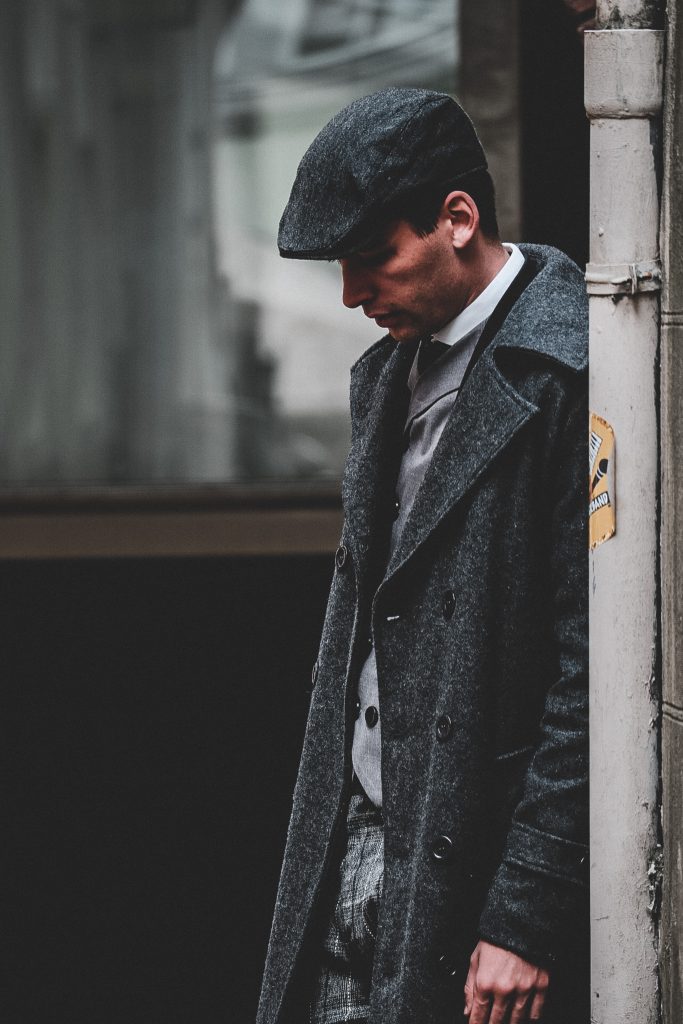
You could opt for a trench coat. These iconic coats are back in style — or maybe they were never out of style. They typically come in khaki or tan and fall to about knee length. This coat goes well with a classic dark suit and evokes a dapper military or detective-style crispness. It’s likely you will see many worn around the track.
One downside of the trench coat is that, although waterproof, they are not particularly warm — plan accordingly.
Classic overcoats are heavy coats that fall somewhere below the knee, their smaller cousin — the topcoat — is similar except that the coat will fall above the knee.
An overcoat is a classic cherry on top of the outfit and it is hard to go wrong wearing one over your bespoke suit to the races.
A classic Chesterfield style suit is best here. Once again you can contrast colours — a grey overcoat will go well with a navy suit while a tan overcoat might pair with something deep-blue.
This is not a hard rule but, at Cheltenham, you are going to want your style to pop — this is the best way to achieve this.

It is best to keep overcoats simple, with as few unnecessary accessories and ornaments on the coat as possible. Overcoats are versatile and can be worn with many looks. A single-breasted coat will allow you to wear your coat open — showing off your suit.
Make sure your overcoat is the proper length — the sleeves should fall just below your wrists and can, but do not have to, show a small part of your suit sleeves peeking out.
As a rule, dark overcoats are more formal, while tan or cream overcoats are considered day wear.
The Shoes
It would be a shame to have the perfectly crafted outfit for Cheltenham, only to be let down by the choice of shoes. Everyman gentleman knows an outfit can succeed or fail based on the choice of footwear.
This may seem obvious, but shoes should be smart — no trainers even if they are top of the line. Try to match your footwear with the rest of your outfit.
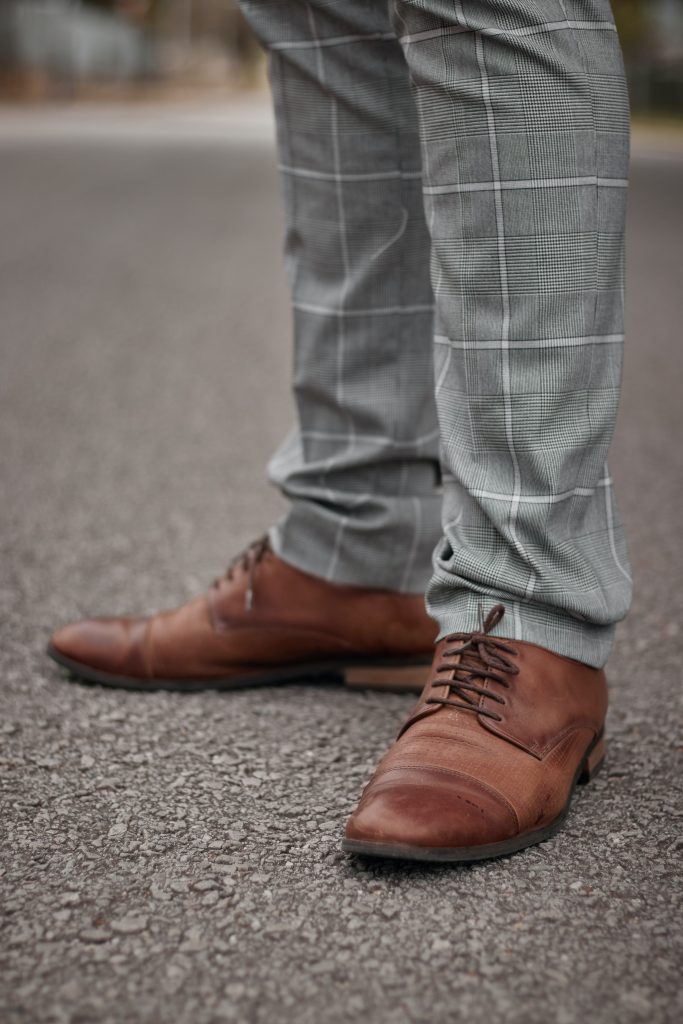
Simple and conservative footwear, such as black Brogues or Oxfords, is a great choice. Brown is a classic choice if you are wearing navy and you can liven up the choice by choosing wingtips.
You will have more leeway with your choice of footwear if you are wearing a blazer and trousers. Loafers can work well here and even more creative options like suede can be worn — just make sure they match your outfit.
The Accessories
When it comes to accessories for men, less is more. Pocket squares will never go amiss for a dash of colour and, depending on your outfit, some men choose to wear a bow tie — attempt this at your own risk, however.
Remember — the plainer your suit, the more leeway you have with your accessories. If you are wearing a plaid suit avoid patterned ties and pocket squares at all costs, stick to solid colours that will accentuate your outfit.
If you are in a solid suit, feel free to play around with different patterns on your accessories.
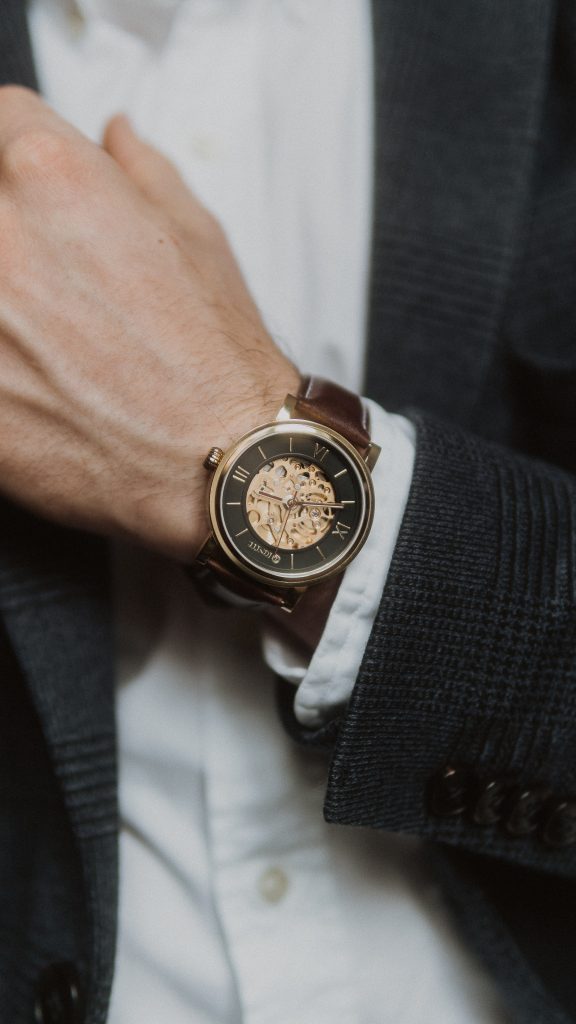
No outfit is complete without a stylish watch to go with your dapper suit. Make sure your watch fits well on your wrist — too large and it will look sloppy, too small and it will look out of place.
Although the dial gets the most attention, never underestimate a watch’s strap. The colour of the strap can enhance your outfit. Lighter brown straps, like shoes, go with blue suits and will accentuate your watch. Never pair black on brown — it just doesn’t work.
The Hat
The final choice you have to make is which hat to wear if you wear one at all. Make no mistake, a hat is by no means necessary but some men may find that it adds a look of sophistication to their outfit.
A classic trilby goes incredibly well with a classic suit. You won’t want the colour to clash with the colour of your outfit, so something a little drabber is ok here. Beige works well with most outfits.
Alternatively, you could go with the beige or grey flat cap — think Cillian Murphy in Peaky Blinders. This grey flat cap works wonders with tweed suits and even plaid or windowpane patterned suits.

You could attempt to wear a plaid flat cap with a matching suit — although this can be pulled off, be careful, you could end up looking like the caddy at your local golf course.
With all of this in mind, you should be well on your way to looking the part of an English gentleman at the Cheltenham festival.


